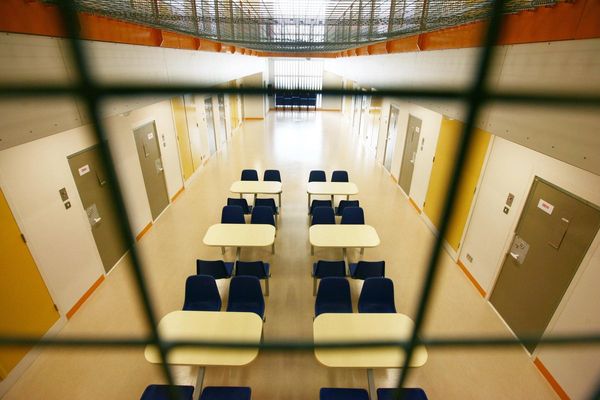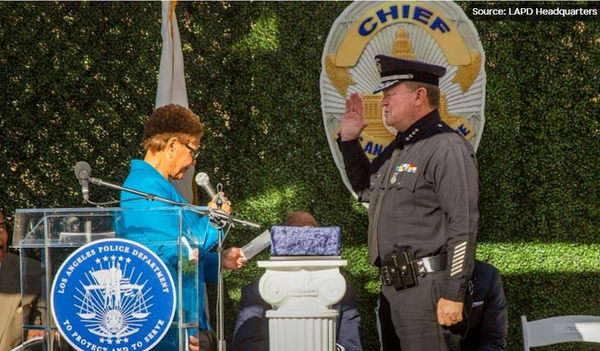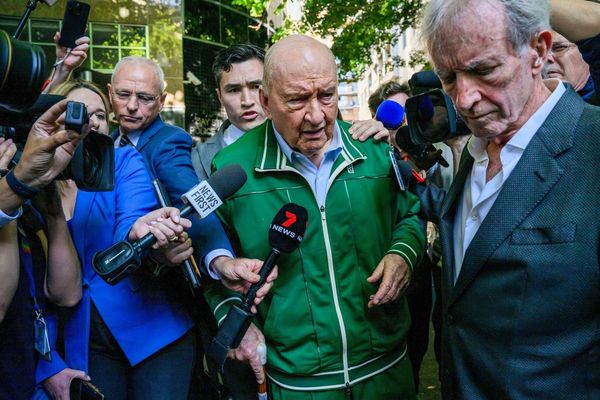
Protests that once filled the streets during Donald Trump's initial White House bid have notably dwindled as he embarks on another campaign. The inflammatory rhetoric that previously sparked clashes and encouraged violence against protestors has seemingly lost its potency. In contrast, President Joe Biden is now facing a sustained protest movement, primarily due to concerns over the administration's stance on the Israel-Hamas conflict.
Organizers and past protestors have shifted their focus to other issues or voter mobilization efforts for the upcoming elections. Some attribute this change to a sense of 'Trump fatigue' after years of outrage, while others highlight Biden's policies as the primary driver of their activism.
Despite the decline in protests at Trump events, safety concerns and strategic decisions also play a role in the reduced demonstrations. Trump's response to recent interruptions at his rallies underscores the shift, with a more subdued reaction compared to his previous confrontational approach.
On the other hand, Biden has had to navigate disruptions at his events, urging patience and acknowledging protestors' concerns. The current political landscape reflects a departure from the intense protests of previous years, with a focus on voter engagement and broader social justice issues.
While some activists express weariness with the political system and disappointment in both major parties, progressive organizations remain committed to mobilizing voters and preparing for future electoral challenges.
As the dynamics of protest and political engagement continue to evolve, the legacy of past demonstrations against Trump and the current activism surrounding Biden's presidency highlight the ongoing shifts in public dissent and advocacy.







